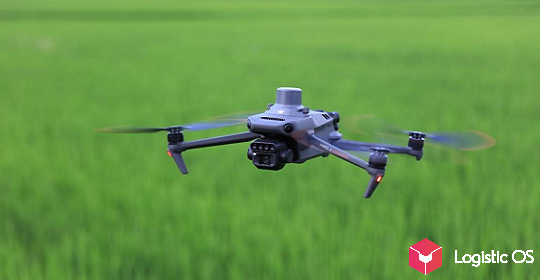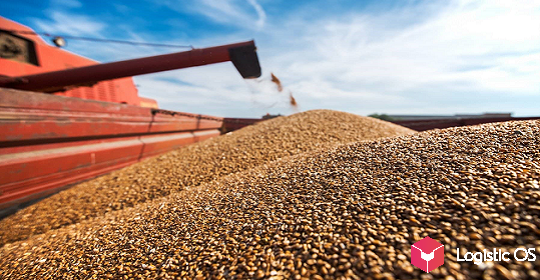Will Russia be able to take a leading place in the world in the food market?
According to the Food and Agriculture Organization of the United Nations, the number of people facing food insecurity due to the effects of the pandemic has risen by 132 million.
The continuing population growth and climate change increase the value of such a segment of the economy as the agro-industrial complex.
The sanctions imposed on Russia and retaliatory measures to restrict the import of imported products spurred the development of the domestic agricultural sector.
For the third year in a row, Russia collects more than 120 million tons of grain, the production of sugar beets and buckwheat is growing, and the harvest of oilseeds is at record levels.
According to preliminary calculations of the Ministry of Agriculture, this year the grain harvest in Russia will exceed 123 million tons (in net weight).
The harvest of oilseeds will be at the level of 23 million tons, and of sugar beet — about 40 million tons.
Not the most favorable weather, although it reduced the results of harvesting potatoes and vegetables, but as a result, potatoes have already been harvested by 100 thousand tons more than last year (6.7 million tons).
A reduction in the number of poultry and pigs amid outbreaks of avian influenza and ASF, according to experts, will not lead to a decrease in production volumes.
Versatile measures to support the agro-industrial complex by the state and the multidirectional development of the agro-industrial complex as a whole should protect Russians from the problems of empty shelves in stores, as well as prevent massive production cuts and the closure of large agricultural enterprises, which is happening everywhere in the world.
Food security against the backdrop of the pandemic has become more relevant than ever, but it is impossible to talk about its strengthening without the development of digitalization, the seed industry, and renewal of the equipment park, for example.
According to Rosstat, there are 3 tractors and 2 grain harvesters per 1000 hectares of land in Russia.
For example, in India there are 12 tractors for such areas, and in the USA — 27.
If all measures of state support and state regulation in Russia are aimed at the development of the agro-industrial complex, then by 2025, according to experts, our country will be able to take a leading position in the world food market.

